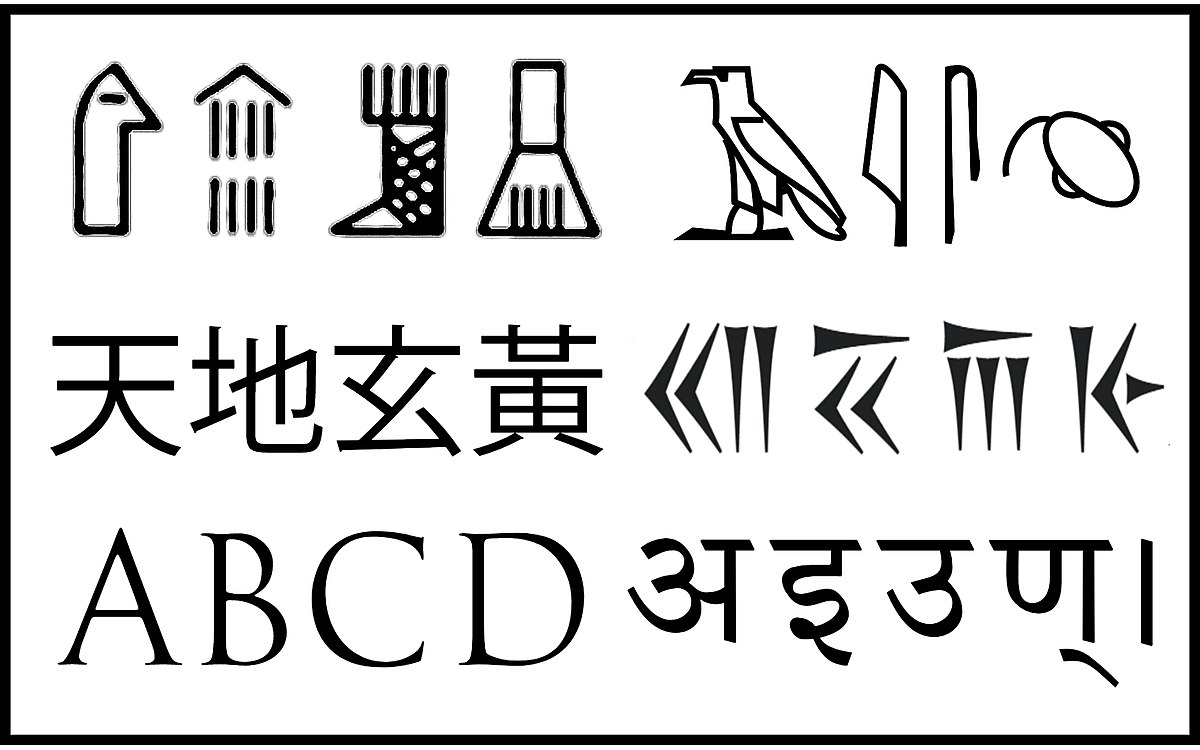
|
Convener: Associate Professor S Jeppie Course entry requirements: Acceptance for a master's programme Co-requisites: None Historians take for granted that we have to use sources, most often traces from the past in the form of written texts. But what is the history of writing itself? What are the histories of writing in various parts of the world? What are the connections between the articulation of language/s and the surfaces upon which they were inscribed and then moved and mobilized for a multitude of purposes? And beyond this what kinds of readings and traditions of slow and close reader philology, interpretation emerged to make sense of these written texts? What kinds of writing supports have developed and how has the codex become the norm (or not)? Until recently the dominant way of telling this story has been to focus on the origins of writing in Mesopotamia and then to move on to the growth of writing systems, some attention to book before printing (but mainly after the print revolution), and ultimately the emergence of philology as a largely western enterprise. In this course we explore this tradition itself. However, this course is not concerned with origins as much with multiple centres and multiple traditions of inscription on a variety of supports (stone, bamboo, wood, paper). We look at numerous scripts and the styles of philological engagement with written works which have their own presuppositions. This interdiciplinary course will appeal to students who are interested in history in the longer-term, material histories, book history, and world history through objects and intellectual history. This course is formulated in the knowledge that in recent years there has been a rise of interest in manuscript studies and philology. |